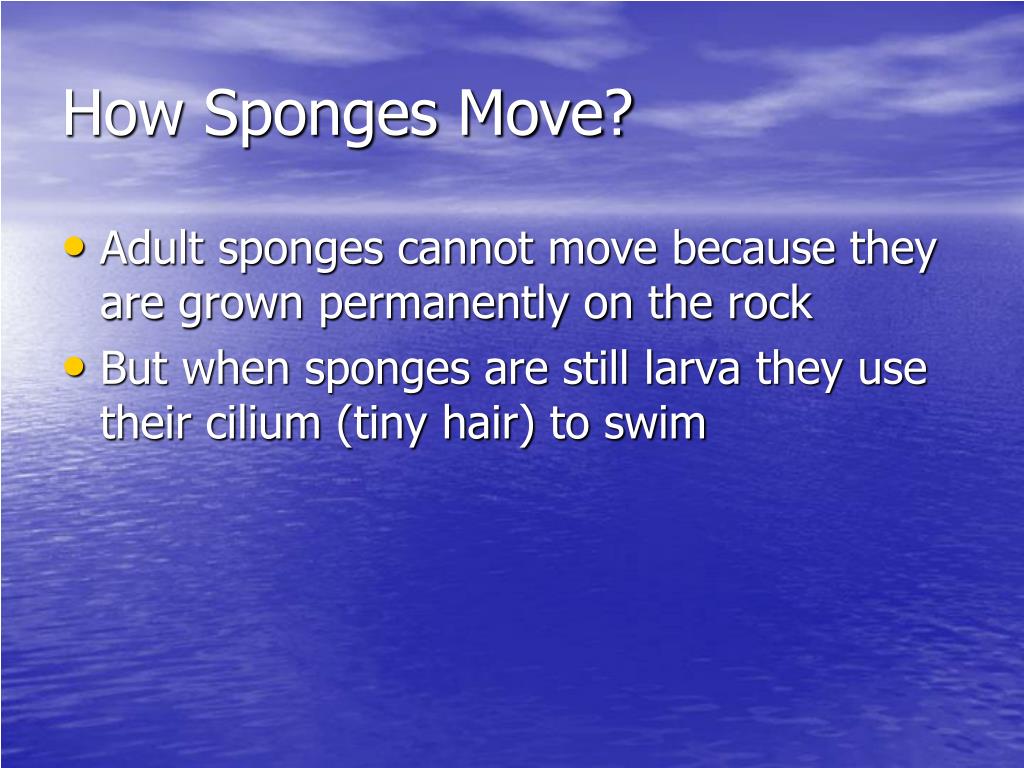

Nevertheless, despite their seemingly uninteresting appearance, sponges are actually vital and dynamic creatures. They are often mistaken as corals or plants lacking the features we commonly associate with living animals, such as brains and hearts. There are over 5,000 identified species – 200 of which can be found in fresh water. They have been present on Earth for around 500 million years. It becomes more and more difficult to obtain the needed water.The sea sponge is one of the world’s simplest multi-cellular living organisms. If the ground water is pumped faster than it is replaced, however, then the level of the ground water falls. If the ground water is replaced as fast as it is pumped, then it is a renewable resource. Several widely spaced wells are used to pump water from the aquifer, all at the same time. Ground water flow is often as slow as meters per day.įor a large town or city to obtain its water from ground water, there needs to be a large aquifer. Speeds of flow in streams and rivers are often greater than a meter per second. That is because the passageways through the pore spaces are very small, so there is a lot of friction with the solid walls of the pores. Ground water flow is much slower than flow in streams and rivers. Sand, gravel, and fractured rock make the best aquifers.

The best sources of ground water, called aquifers, have high porosity and also high permeability. Loose sand and gravel have high permeability. The permeability describes how easy it is to force a fluid to flow through the pore spaces of the material. Many rocks have a porosity of only a small fraction of a percent.Īnother important property of Earth materials is their permeability. Loosely packed sand and gravel can have porosities as high as 25 percent. The porosity of a material is the percentage of open pore space it contains. That means that they contain tiny open spaces as well as solids, just like a sponge. Most of the materials beneath the Earth's surface are porous.


 0 kommentar(er)
0 kommentar(er)
